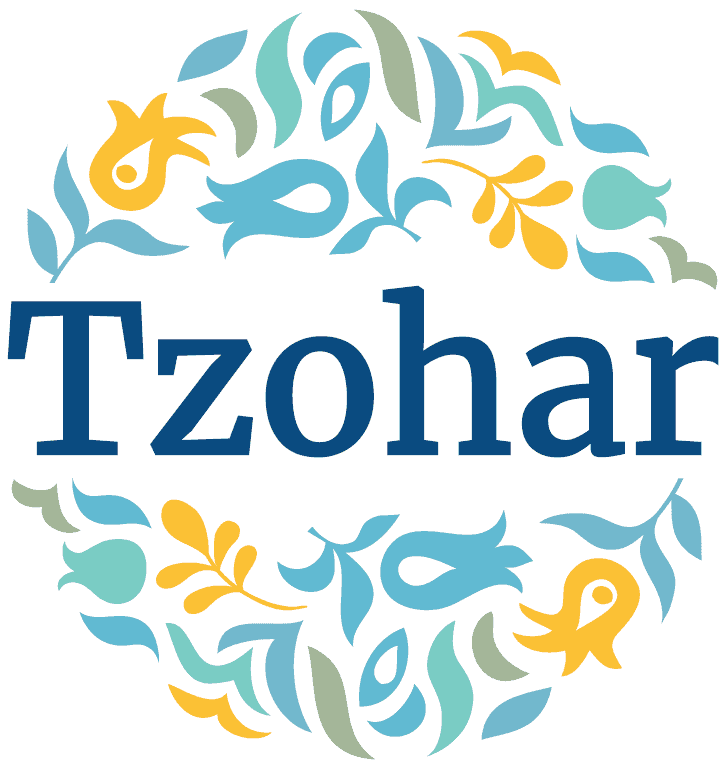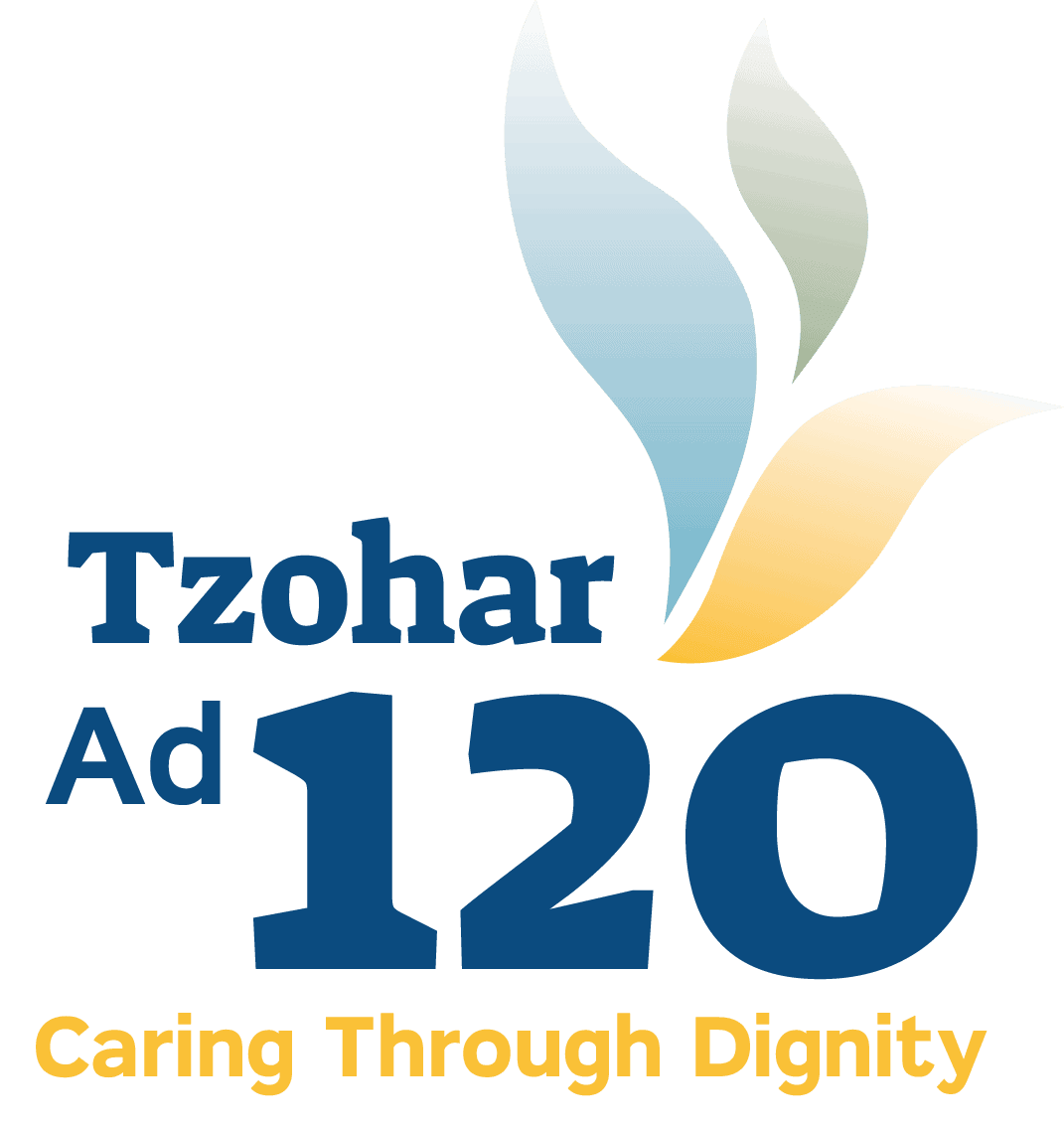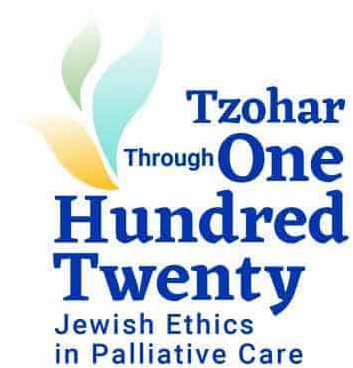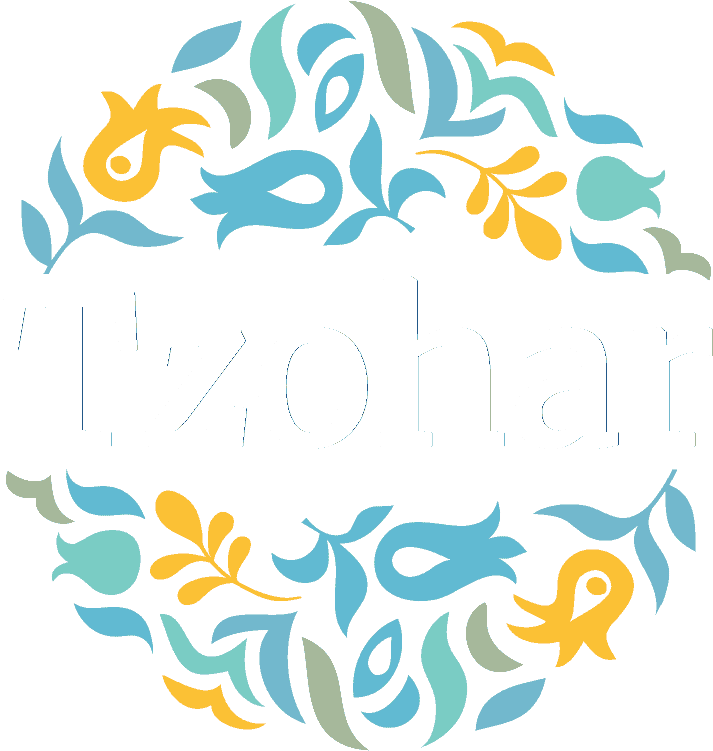The second source for the aforementioned misconception is the primary halachic source discussing these issues. Generally, Aggadic texts are not used as a fundamental source for halachic rulings, and only when there are no prominent halachic sources do we see sweeping use of different types of sources – biblical, aggadic, and the like. In many cases, as we shall see, aggadic sources are interpreted as halachic by the halacha itself. However, halacha is first and foremost decided by significant halachic sources.
And thus, the central source in this discussion, brought as well in the words of the ‘Kehilot Yaakov’, is the opinion of the Rema, one of the greatest Ashkenazic poskim of the 16th century, in his addendum to the Shulchan Aruch:
And it is also prohibited to cause a person to die quickly, such as if someone is dying (Goses) for a prolonged period and cannot depart [this world], it is prohibited to remove the pillow and blanket from under them, because it is said that the feathers of some birds may cause [prolongation of death] and therefore one should not move him from his place. And it is also prohibited to place the keys of the synagogue below his head so that he shall leave [this world].
But if there is a object there that is preventing the soul from leaving, for example there is a knocking sound near the house, such as a woodworker or they have salt on their tongue and these prevent the soul from leaving, it is permitted to remove it from there, for this does not constitute an action at all, but removing a object preventing [death].1
Before we analyze the words of the Rema, it is crucial to note that we are dealing with medicine that was accepted in his days and in order to utilize the principles that arise from this text, one must extrapolate to a certain degree. In order to make the ruling of the Rema relevant to our generation, we must necessarily differentiate between the medical technology that he discusses – which of course is not relevant at all to modern medicine – and the halachic and ethical principles that appear in his statement, which are the basis for the halacha. Even when new medical technology is developed in the future, we will have to extrapolate medical ethics based on what is acceptable nowadays in medical care and use the essential principles in light of this scientific advancement. An additional point that one should focus on is the beautiful literary style that the Rema uses to describe death: “such as if someone is dying for a prolonged period and cannot depart”. Death as a departure.
In his words the Rema draws a line between prohibited and permitted. Initially he determines that “it is prohibited to cause a person to die quickly”. This is a unilateral determination: there is a complete prohibition to perform any active procedure that shortens a person’s life. It is important to emphasize that this principle itself requires discourse, just like in most other realms of halacha, for there can be certain circumstances (as we have seen earlier) where this principle is pushed aside for other principles (such as fear due to lack of ability to withstand attempts to convert one’s faith2), however the starting point is clear: the matter is prohibited.
The Rema does not stop with the determination of the principle (the first of two) but clarifies his opinion with three examples. The first example is removal of the pillow and blanket. From the wording of his statement, it is not entirely clear what the discussed medical practice is, and therefore it is unclear why the matter is prohibited. Thus, the commentaries on the Shulchan Aruch disagree regarding this topic. From the words of the Taz, it seems that the motivation for removing the pillow is two-fold: both to remove an object preventing death (the feathers), and as part of the preparations for what is expected to happen after the person’s death. Halacha sees great importance in ensuring that the body of the deceased is placed on a cold object in order to conserve its dignity, and the assumption is that a pillow is warm and would be preferably removed. However, the matter is prohibited because this is an active action of movement, which itself can cause death.
The second example brought in the words of the Rema is the definitive prohibition to move a dying person from their place, due to the assumption that the movement itself will actively bring their death closer. The prohibition of movement appears in early sources with inflammatory wording:
One who touches [a dying person] or moves him is a murderer, as Rebbe Meir would say: it is comparable to a candle which is dripping, once a person touches it, it is extinguished. Similarly, any person who shuts the eyes of a dying person is considered as if he took his life.3
This prohibition also impacts the halachic ruling regarding different methods to determine whether a person is alive or dead, as it is prohibited to move a dying person from their place or even touch them.
The third example is metaphysical healing. As it seems, in those days it was commonly believed that the keys to the synagogue help a person ‘depart’ from this world, however the Rema determines that the matter is prohibited since this is an active procedure. This example is not entirely clear due to the difficulty to understand how it was formed: seemingly one can understand that people would place the keys to the synagogue and the ritual was successful, however it is very odd to claim that there is a folk remedy that assists a person to violate a prohibition. Even the excuse hoping to base the development of this remedy on dying gentiles seems very unlikely, since it doesn’t make sense for the keys of a synagogue to have an effect, even a metaphysical one, on someone who is not Jewish. Regardless, even one who does not believe at all in metaphysical cures can learn from the words of the Rema that it is prohibited to perform active procedures in order to expedite the death of a person.
The three examples are ordered, and the Aruch HaShulchan assesses this phenomenon:
[…] And not only [is it prohibited] to remove the pillow from under him, for one moves his head significantly from high to low, but even moving it a little is prohibited, and even if one does not do an action with their body at all but places the keys to the synagogue under his head without moving it at all it is also forbidden, for in the end he is performing an action that will cause him to die quickly even if the action does not affect the dying person’s body.4
I will emphasize once again the innovation of the example of the keys to the synagogue, for this example teaches us explicitly that even if the active procedure is not performed directly on the body of the dying person – the matter is forbidden.
After the Rema determines what is forbidden to be done, he begins to define the boundaries of what is permitted. Even here he uses the structure of normative restrictions accompanied by examples. The definition of permitted actions, and perhaps even obligatory, is clear: “removing an object preventing death”. If there is an object that is delaying the death of a person, and no active procedure is performed to bring his death closer – it is permitted to remove it. Two examples are brought in the words of the Rema. The first is the sound of a woodworker, which stimulates the dying person and prevents his death, and therefore one should cease this or at the very least is permitted to stop it. The second example – albeit more complex – is removing a salt crystal from the patient’s mouth in order to allow them to depart from this world. The examples brought in the words of the Rema appropriately define the difficulty that exists regarding this topic that continues into halachic ruling of this day and age. It is unclear what the difference is between removing a pillow, which moves the deceased, and removing a salt crystal, which is considered passive – for this seemingly would move the person’s mouth. The Taz on site brings up the difficulty in precisely defining the different conditions and writes: “rather it is difficult to me why it is permitted to remove salt from upon his tongue, doesn’t he move his mouth as well by his hand and it is like shutting his eyes?”, and due to this he is stringent and determines that even medical procedures similar to removing the salt are prohibited: “and therefore it seems in my humble opinion that one should not act to permit removing salt”. To contrast, the Shach claims that one can differentiate clearly between these situations and does not accept the claim that even removing salt from the tongue of a dying person requires moving the body; In other words: according to the Shach, both cases are indeed removing a preventative object, however the first – removing a pillow – is prohibited because, while one removes the preventative object, they also perform an active procedure of moving the head of a dying person, while removing the salt crystal is permitted because there is no movement of the dying person, but movement of the salt crystal alone. From his words in the “Nekudot Kesef” it arises that the argument between him and the Taz is not an argument over facts – whether moving a salt crystal requires moving the person – but an argument over definitions. Both agree that we are dealing with very limited movement, and the Taz’s claim that since we are dealing with movement, the matter is forbidden, is countered by the claim of the Shach “that slight movement such as this is not considered [movement]”, and therefore he remains steadfast with the heter of the Rema to perform this.
These assessments have great weight even for our generation, primarily with questions dealing with continuing mechanical ventilation, disconnecting devices, lowering the oxygen saturation, etc. As stated, halachic authorities are required to extrapolate from the examples of medicine in the 16th century, learn the principles, and derive the halacha for modern medicine.
Let us evaluate the most common case: a person is connected to a mechanical ventilator in a manner that ceasing the activity of the machine will lead to his death. Should one view this as an active procedure of killing him or perhaps this is only removing a preventative object? The accepted halachic position is that one should view this as an active procedure. Even though there are those who rule that this is removal of a preventative object and therefore permissible, their position has not been accepted and the overwhelming majority of halachic authorities hold that the matter is entirely prohibited. However, this is not the end of the discussion, for even according to the position of the majority who view it as forbidden, questions still arise regarding in-between situations, such as lowering the oxygen saturation to the normal saturation, which would lead to the death of the patient, if not immediately: is this also considered an active procedure or is this really removing a preventative object? Beyond this, any person who is ventilated also requires supportive treatment, such as providing certain medication intravenously. Does cessation of supportive therapy in mechanical ventilation constitute an active procedure or is it only removing a preventative object?
I will mention here for example the opinion of Rav Shlomo Zalman Auerbach (brought by Rabbi Professor Avraham Steinberg) according to which under certain conditions (the precise conditions appear later on in this compilation) “it is permitted to lower the respiratory rate of the mechanical ventilator to the level where the patient is still breathing by their own will; it is permitted to lower the saturation of oxygen flowing to the patient by the machine to 20%, the saturation of oxygen in normal air that we all breathe in normal situations”.5 This is only one example which demonstrates the great importance of the discussion surrounding the words of the Rema, as well as the difficulty in transferring the principles brought there to medicine commonplace nowadays. Halachic rulings brought later on in this compendium are based on this discussion.
Next Chapter
Previous Chapter
Treatment of the Elderly and the Sick – “Until 120”? – Introduction and Table of Contents
For Additional Reading:
- Cessation of Life Prolonging Treatment
- Position Paper: Treating a Patient with No Chance of Recovery
- Is There a Halachic Obligation to Fight for a Patient’s Life? What about Proactively Ending a Person’s Life?
הערת שוליים
- Shulchan Aruch, Yoreh Deah, 339:1.
- An example of this is the opinion of the Tosafot (Avodah Zara 18a, ד”ה ואל יחבול בעצמו): “Rabbeinu Tam says that when he is scared lest he be convinced to sin by gentiles, such as by torture that one cannot withstand, then it is a mitzvah to inflict wounds on oneself, similar to that [which is stated] in Gittin (57b) regarding children captured for licentious acts who threw themselves into the sea”. Earlier we mentioned the halachic dynamic where halacha turns aggadic sources into general halachic principles, and this is indeed the case here in the words of the Tosafot: the account of the children captured for licentious acts, as well as the stories of the Tanach regarding Daniel and his colleagues and the Sages’ aggadic exegesis on the topic (see Tosafot, Gittin 57b, ד”ה קפצו) turn into halachic works and actual psak in the words of the Tosafot.
- Mesechet Smachot, 1:4.
- Aruch HaShulchan, Yoreh Deah, 339:4.
- Rabbi Avraham Steinberg, “Halachic Protocols for Physicial Behavior in the ICU – According to the Opinions of Rabbi Shlomo Zalman Auerbach and Rabbi Shmuel Halevi Wosner’, Assia, 63-64 (5759), page 18. After consulting with physicians, it seems that their intent is the lowest rate required for a person who is generally healthy.





